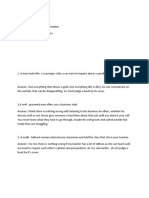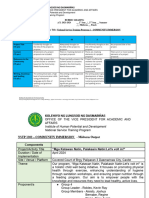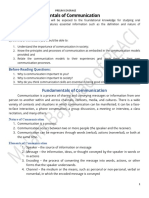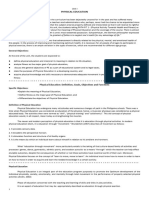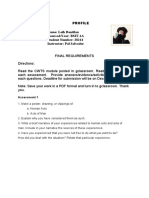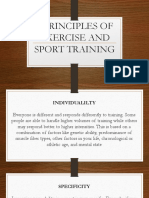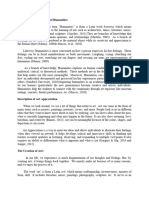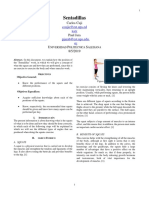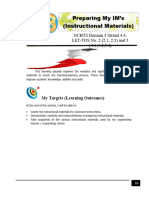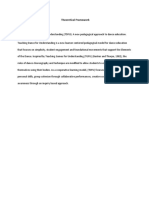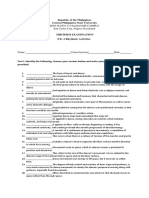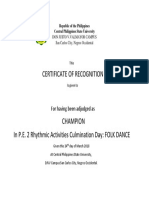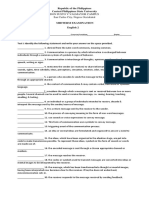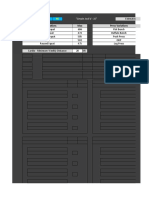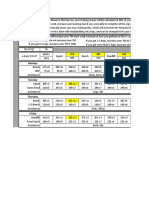50% found this document useful (2 votes)
2K views15 pagesChapter II - Lesson 4
The document discusses the squat exercise, describing it as a dynamic strength training exercise that works multiple muscles in the upper and lower body simultaneously. It lists benefits of squats such as strengthening the core, reducing injury risk, burning calories, and improving athletic ability. Common muscles targeted by squats are also identified, including the glutes, quadriceps, hamstrings, hips, and core muscles.
Uploaded by
Rodjan MoscosoCopyright
© © All Rights Reserved
We take content rights seriously. If you suspect this is your content, claim it here.
Available Formats
Download as DOCX, PDF, TXT or read online on Scribd
50% found this document useful (2 votes)
2K views15 pagesChapter II - Lesson 4
The document discusses the squat exercise, describing it as a dynamic strength training exercise that works multiple muscles in the upper and lower body simultaneously. It lists benefits of squats such as strengthening the core, reducing injury risk, burning calories, and improving athletic ability. Common muscles targeted by squats are also identified, including the glutes, quadriceps, hamstrings, hips, and core muscles.
Uploaded by
Rodjan MoscosoCopyright
© © All Rights Reserved
We take content rights seriously. If you suspect this is your content, claim it here.
Available Formats
Download as DOCX, PDF, TXT or read online on Scribd
/ 15






